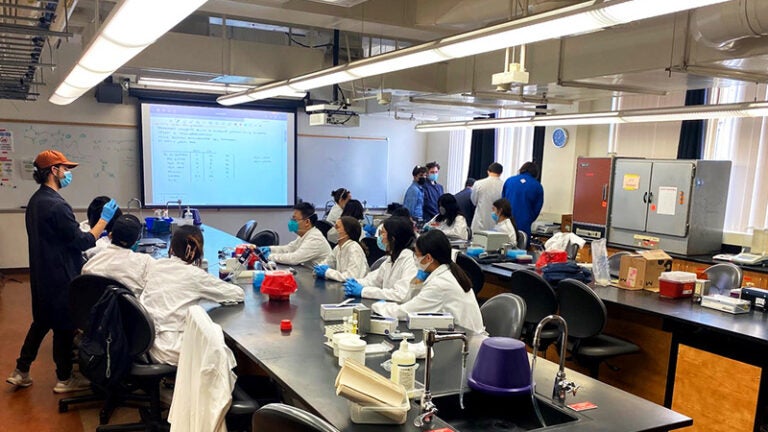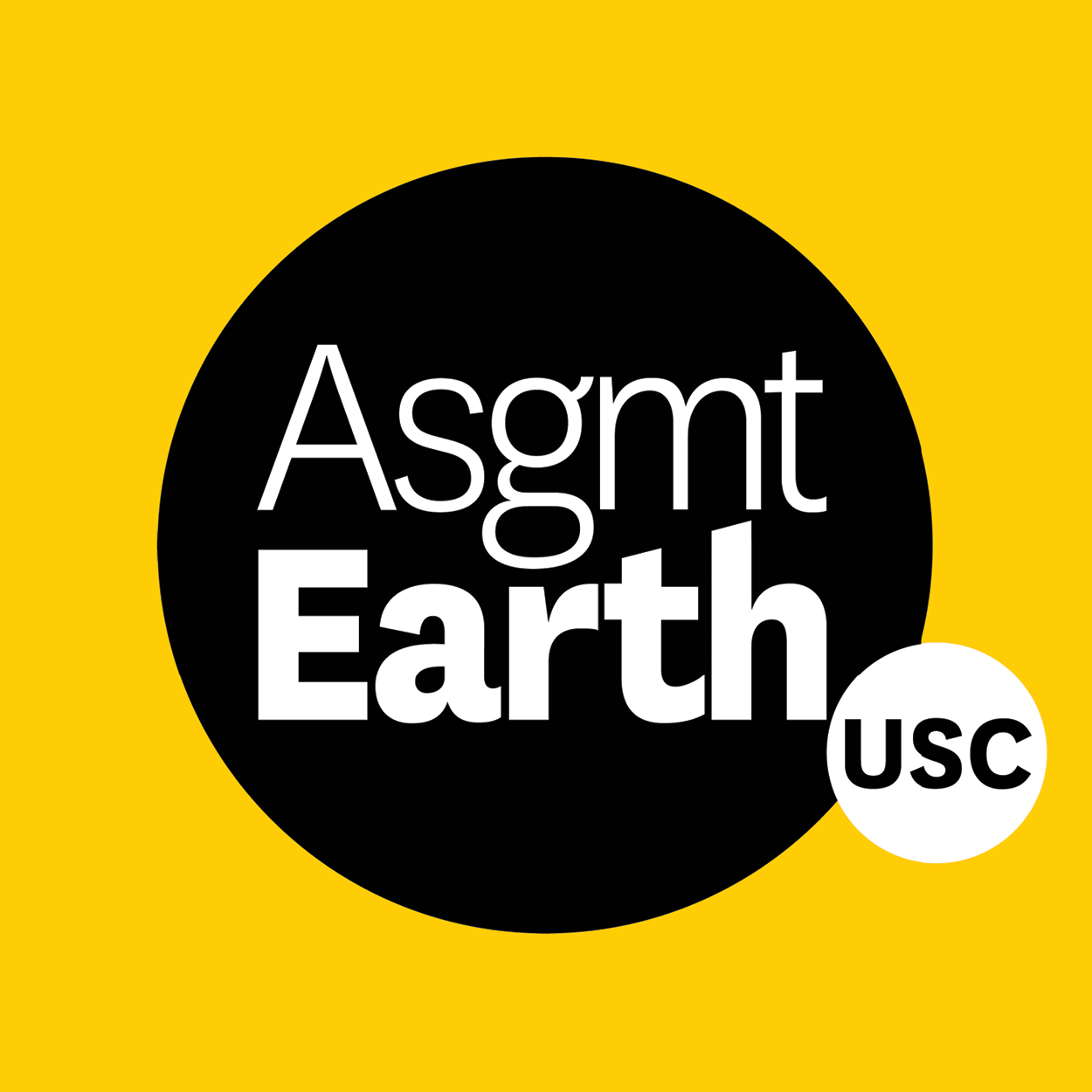
Students engineer microbes to quickly remove medicinal drugs from the water supply
Eight months ago, a team of students launched a project to develop an accessible and affordable biofilter to eliminate certain toxins from water. These undergraduates at the USC Dornsife College of Letters, Arts and Sciences presented — albeit remotely — their enterprising effort at the 2022 International Genetically Engineered Machine (iGEM) Grand Jamboree in Paris.
The world’s premiere synthetic biology competition, the Grand Jamboree, taking place Oct. 26–28, featured some 350 interdisciplinary student teams showcasing their synthetic biology-based inventions addressing critical challenges such as climate change, food security and sustainable industrial production.
Improving water quality
Alan Xu, a junior majoring in quantitative biology, resurrected USC’s iGEM student team late last year with the support of Josh Atkinson, postdoctoral fellow in the lab of Moh El-Naggar, Dean’s Professor of Physics and Astronomy and professor of physics, biological sciences and chemistry at USC Dornsife.
During the spring 2022 semester, undergraduates in the upstart group gathered for mini-lectures on synthetic biology topics and began brainstorming potential projects for iGEM’s Grand Jamboree. In April, the students broke into teams and crafted project pitches based on different iGEM themes before collectively deciding to proceed on the toxin-removing biofilter project as their iGEM submission.
From spring into summer, nearly a dozen undergraduates dove into biological research in USC labs under the guidance of graduate students and postdocs like Atkinson. The team developed a biosensor using genetically engineered yeast to sense estradiol, a toxic chemical known to alter the concentration of hormones in water and subsequently threaten the growth and behavior patterns of humans and other species.
After sensing the contaminants, the yeast releases a biochemical signal to genetically engineered bacteria, causing them to degrade the toxin and metabolically transform it into a harmless product.
“Rather than using any chemicals, this is an easier and more natural way to see specific contaminants in the water and activate remediation, so the water is cleaner,” explains Nicolette Romo-Zelada, a sophomore majoring in biological sciences.
In limited-resource environments like developing countries with contaminated water systems or minimal wastewater treatment infrastructure, the USC Dornsife team’s Toxi-Gone project has the potential to clean water prior to agricultural use or human consumption. Toxi-Gone might also serve as a filter to limit the escape of contaminants from industrial sources.
“Having the privilege to work with a group of students interested in learning how we can use DNA to program the behavior of cells has been inspiring,” Atkinson says. “These students chose to spend large chunks of their summer break learning laboratory techniques and creatively solving a global challenge.”
A formative experience
Earlier this summer, USC Dornsife’s Toxi-Gone project earned one of 90 iGEM Impact Grants, collecting $2,500 to further propel their promising work.
Funding issues prevented the team from traveling to Paris and participating in the Grand Jamboree in person, so Xu and Romo-Zelada presented Toxi-Gone remotely during the competition before a panel of international judges.
“It would have been amazing to be there in person, but it’s still an honor to share our project and learn about other eye-opening and innovative projects,” Xu says.
Though the team didn’t win, and despite the disappointment of missing out on iGEM, both Xu and Romo-Zelada call the fast-charged effort a formative experience. Xu, for instance, savored learning cutting-edge lab techniques alongside PhD students and postdocs, while Romo-Zelada relished the freedom of tinkering with biology and testing different options through constant experimentation.
“Being a part of this iGEM team gave me more confidence as a young scientist,” she says, adding that the experience solidified her plans to pursue a research career.
Atkinson, whose initial introduction to synthetic biology came from participating in the iGEM competition during his undergraduate years at the University of Michigan, says performing independent, team-based science as an undergraduate student ignited his own career in synthetic biology. Now an NSF Postdoctoral Fellow working in Denmark, Atkinson hopes the iGEM experience proves just as powerful for Xu, Romo-Zelada and their iGEM teammates.
“By working on this project, these students trained to become future leaders in the bioeconomy and gained useful laboratory, teamwork and leadership skills,” Atkinson says.
